Research on Environmental Suitability Evaluation of the Transfer Spaces in Urban Subway Stations
Abstract
:1. Introduction
2. Research Samples and Data Collection
2.1. Research Samples
2.2. Data Collection
3. Construction of Evaluation Index System
3.1. Extraction of Evaluation Indicators
3.2. Evaluation Method and Process
3.2.1. Evaluation Method
3.2.2. Construction of Evaluation Process
- Construction of the recursive hierarchy model
- 2.
- Matrix index weight assignment
- 3.
- Construction of a judgment matrix
- 4.
- Determination of the relative weights of each indicator in the criterion layer and the indicator layer
3.2.3. Analysis of Evaluation Weights
3.3. Current Suitability Evaluation
4. Result Analysis
4.1. Results of the Overall Suitability Evaluation of the Sample Stations
4.2. Single-Item Factor Suitability Evaluation
4.2.1. Safety
4.2.2. Convenience
4.2.3. Practicality
4.2.4. Comfort
4.2.5. Aesthetics
5. Discussions
5.1. Comparison of Research on the Evaluation of Transfer Space in Subway Stations
5.2. Correlation of Overall Suitability Evaluation Factors
6. Conclusions and Future Work
Author Contributions
Funding
Institutional Review Board Statement
Informed Consent Statement
Data Availability Statement
Conflicts of Interest
References
- Xu, H.; Jiao, L.; Chen, S.; Deng, M.; Shen, N. An innovative approach to determining high-risk nodes in a complex urban rail transit station: A perspective of promoting urban sustainability. Sustainability 2018, 10, 2456. [Google Scholar] [CrossRef] [Green Version]
- Newman, P.W.G.; Kenworthy, J.R. The land use-transport connection: An overview. Land Use Policy 1996, 13, 1–22. [Google Scholar] [CrossRef]
- Cartenì, A.; Cascetta, F.; Campana, S. Underground and ground-level particulate matter concentrations in an Italian metro system. Atmos. Environ. 2015, 101, 328–337. [Google Scholar] [CrossRef]
- Lu, S.; Liu, D.; Zhang, W.; Liu, P.; Fei, Y.; Gu, Y.; Wu, M.; Yu, S.; Yonemochi, S.; Wang, X.; et al. Physico-chemical characterization of PM2.5 in the microenvironment of Shanghai subway. Atmos. Res. 2015, 153, 543–552. [Google Scholar] [CrossRef]
- Lee, E.; George, I.; Kian, W.; Adam, C.; Chee-Kiong, S. A psychosocial approach to understanding underground spaces. Front. Psychol. 2017, 8, 452. [Google Scholar] [CrossRef] [PubMed] [Green Version]
- Dong, X.; Wu, Y.; Chen, X.; Li, H.; Cao, B.; Zhang, X.; Yan, X.; Li, Z.; Long, Y.; Li, X. Effect of thermal, acoustic, and lighting environment in underground space on human comfort and work efficiency: A review. Sci. Total Environ. 2021, 786, 147537. [Google Scholar] [CrossRef]
- Wang, Q.; Wu, J.; Shao, J. Analysis of the Risk Assessment of Subway Stampede. In International Conference on Man-Machine-Environment System Engineering; Springer: Singapore, 2018; pp. 489–497. [Google Scholar]
- Hernandez, S.; Monzon, A. Key factors for defining an efficient urban transport interchange: Users’ perceptions. Cities 2016, 50, 158–167. [Google Scholar] [CrossRef] [Green Version]
- Xu, L.; Zhang, X.C.; Chen, J.H.; Yu, J. Transfer efficiency evaluation method of urban rail transit based on the generalized cost function. Appl. Mech. Mater. 2014, 505, 542–547. [Google Scholar] [CrossRef]
- Li, F.; Ge, Z. Synthetic Evaluation on Transfer of Rail Transit Terminal Based on AHP Method. Railw. Transp. Econ. 2006, 4, 79–81. [Google Scholar]
- Wang, Z.; Wang, L.; Gao, F. Evaluation of Transfer Efficiency for Urban Rail Transit. Railw. Transp. Econ. 2006, 1, 74–76. [Google Scholar]
- Belay, S.; Goedert, J.; Woldesenbet, A.; Rokooei, S. AHP based multi criteria decision analysis of success factors to enhance decision making in infrastructure construction projects. Cogent Eng. 2022, 9, 2043996. [Google Scholar] [CrossRef]
- Zhou, M.; Ge, S.; Liu, J.; Dong, H.; Wang, F.Y. Field observation and analysis of waiting passengers at subway platform-A case study of Beijing subway stations. Phys. A Stat. Mech. Its Appl. 2020, 556, 124779. [Google Scholar] [CrossRef]
- Han, J.; Kwon, S.; Chun, C. Indoor environment and passengers’ comfort in subway stations in Seoul. Build. Environ. 2016, 104, 221–231. [Google Scholar] [CrossRef]
- Zhu, Z.; Zeng, J.; Gong, X.; He, Y.; Qiu, S. Analyzing Influencing Factors of Transfer Passenger Flow of Urban Rail Transit: A New Approach Based on Nested Logit Model Considering Transfer Choices. Int. J. Environ. Res. Public Health 2021, 18, 8462. [Google Scholar] [CrossRef] [PubMed]
- Katie, J.; Mark, G.; Jim, H.; Vassilis, G.; Chris, K. Implications of climate change for thermal discomfort on underground railways. Transp. Res. Part D Transp. Environ. 2014, 30, 1–9. [Google Scholar]
- Zhao, J. Analysis on Design of Underground Space in Tianjin: An Example of Langxiang Underground Street. Earth Environ. Science 2019, 233, 022030. [Google Scholar] [CrossRef]
- Jiang, J.; Jing, C. Study on influencing factors of passenger transfer and transfer volume in comprehensive passenger transport Hub. Appl. Mech. Mater. 2014, 505–506, 1194–1198. [Google Scholar] [CrossRef]
- Liu, L.; Wang, W. Analysis of Urban Rail Transit Seamless Transfer Standard. MATEC Web Conf. 2016, 81, 03002. [Google Scholar] [CrossRef] [Green Version]
- Wu, L.; Xia, H.; Wang, X.; Dong, Q.; Lin, C.; Liu, X.; Liang, R. Indoor air quality and passenger thermal comfort in Beijing metro transfer stations. Transp. Res. Part D Transp. Environ. 2020, 78, 102217. [Google Scholar] [CrossRef]
- Frank, H.; Kalina, J. The significance of the underground experience: Selection of reference design cases from the underground public transport stations and interchanges of the European Union. Tunn. Undergr. Space Technol. 2016, 55, 176–193. [Google Scholar]
- Takayuki, K. Utilization of underground space in Japan. Tunn. Undergr. Space Technol. 2016, 55, 320–323. [Google Scholar]
- Katrin, L.; Margareta, F.; Lars, E. Perceived Accessibility of Public Transport as a Potential Indicator of Social Inclusion. Transp. Policy Soc. Incl. 2016, 4, 36–45. [Google Scholar]
- Seon, K.; Choon, S. Reasonable Improvement Plan for Building Safety Impact Assessment and Underground Safety Impact Assessment System. J. Ecol. Environ. Archit. 2022, 22, 81–87. [Google Scholar]
- Anastasios, K.; Despina, P.; Ilias, C.T.; Andreas, B. Evaluation of fire smoke control in underground space. Undergr. Space 2022, 7, 295–310. [Google Scholar]
- Lin, Z.; Hu, S.; Zhou, T.; Zhong, Y.; Zhu, Y.; Shi, L.; Lin, H. Numerical Simulation of Flood Intrusion Process under Malfunction of Flood Retaining Facilities in Complex Subway Stations. Buildings 2022, 12, 853. [Google Scholar] [CrossRef]
- Zhang, Z.; Qin, Y.; Jia, L. Discrete modeling approach for emergency guidance signage system design in underground spaces: A case study in transportation hubs. Tunn. Undergr. Space Technol. 2022, 120, 104275. [Google Scholar] [CrossRef]
- Lee, J.; Kim, C. Planning Technique of Convertible Evacuation Route and Safety Areas in Building with Underground Connections. J. Archit. Inst. Korea 2021, 37, 75–84. [Google Scholar]
- Song, J.H.; Abuduwayiti, A.; Gou, Z.H. The role of subway network in urban spatial structure optimization–Wuhan city as an example. Tunn. Undergr. Space Technol. 2023, 131, 104842. [Google Scholar] [CrossRef]
- Mahmoud, O.; Abdou, S.; Ghada, S.; Ahmed, A. Integrating underground line design with existing public transportation systems to increase transit network connectivity: Case study in Greater Cairo. Expert Syst. Appl. 2021, 167, 114183. [Google Scholar]
- Wu, Z.; Kim, S.; Zhao, S.; Yang, H.; Zhang, H. A Study on Redesign of Busan Subway Rest Area -Focusing on Ecological Space Development in Daeyeon Station. J. Korea Intitute Spat. Des. 2020, 15, 401–408. [Google Scholar]
- Chee-Kiong, S.; George, C.; Adam, R.; Eun-Hee, L. Human-centered Development of Underground work Spaces. Procedia Eng. 2016, 165, 242–250. [Google Scholar]
- Yunhwan, L.; Makjoong, C. An empirical analysis of planning factors that affect pedestrian satisfaction in underground spaces–Focusing on COEX Mall in Seoul. Urban Des. 2006, 7, 47–56. [Google Scholar]
- Sebastián, R.; Guo, Z.; Juan, C.; Nigel, H. A behavioural comparison of route choice on metro networks: Time, transfers, crowding, topology and socio-demographics. Transp. Res. Part A: Policy Pract. 2014, 66, 185–195. [Google Scholar]
- John, Z.; He, J. Hong Kong’s urban planning experiment in enhancing pedestrian movement from underground space to the surface. Tunn. Undergr. Space Technol. 2018, 82, 1–8. [Google Scholar]
- Qiao, R.; Li, X.; Gao, S.; Ma, X. Improvement of thermal comfort for underground space: Data enhancement using variational autoencoder. Build. Environ. 2022, 207, 108457. [Google Scholar] [CrossRef]
- Sun, B.; Zhang, H.; Zhao, L.; Qu, K.C.; Liu, W.H.; Zhuang, Z.C.; Ye, H.Y. Microclimate Optimization of School Campus Landscape Based on Comfort Assessment. Buildings 2022, 12, 1375. [Google Scholar] [CrossRef]
- Wu, Y.; Chen, X.; Li, H.; Zhang, X.; Yan, X.; Dong, X.; Li, X.; Cao, B. Influence of thermal and lighting factors on human perception and work performance in simulated underground environment. Sci. Total Environ. 2022, 828, 154455. [Google Scholar] [CrossRef] [PubMed]
- Yang, B.; Yao, H.; Yang, P.; Guo, Y.; Wang, F.; Yang, C.; Li, A.; Che, L. Effects of thermal and acoustic environments on workers’ psychological and physiological stress in deep underground spaces. Build. Environ. 2022, 212, 108830. [Google Scholar] [CrossRef]
- Zeng, R.; Shen, Z. Post-occupancy evaluation of the urban underground complex: A case study of Chengdu Tianfu Square in China. J. Asian Archit. Build. Eng. 2022, 1, 1–16. [Google Scholar] [CrossRef]
- Luchesi, L.; Paula, B.; Monticelli, P.; Francescoli, G. The underground system of Clyomys laticeps changes in structure and composition according to climatic and vegetation variations. Acta Ethologica 2022, 25, 89–100. [Google Scholar] [CrossRef]
- Wondae, K.; Kangwon, L. Case analysis study for improving information management of underground facilities. J. Korean Cartogr. Assoc. 2021, 21, 29–37. [Google Scholar]
- Tyrinopoulos, Y.; Antoniou, C. Public transit user satisfaction: Variability and policy implications. Transp. Policy 2008, 15, 260–272. [Google Scholar] [CrossRef]
- Brady, S.R. Utilizing and Adapting the Delphi Method for Use in Qualitative Research. Int. J. Qual. Methods 2015, 10, 1–6. [Google Scholar] [CrossRef] [Green Version]
- Wu, L.; Xia, H.; Cao, X.; Zhang, C.; Dai, C. Research on Quantitative Demand of Underground Space Development for Urban Rail Transit Station Areas: A Case Study of Metro Line 1 in Xuzhou, China. Urban Rail Transit. 2018, 4, 257–273. [Google Scholar] [CrossRef] [Green Version]
- Xiao, D.; Sheng, Z.; Liu, H. A Two-stage Method for Mega Projects Bidding System Based on Fuzzy Analytic Hierarchy Processand Gale-shapley Strategy. Chin. J. Manag. Sci. 2017, 25, 147–154. [Google Scholar]
- Mehta, V. Evaluating Public Space. J. Urban Des. 2014, 19, 53–88. [Google Scholar] [CrossRef]
- Swamidurai, S. Evaluation of people’s willingness to use underground space using structural equation modeling–Case of Phoenix market city mall in Chennai city, India. Tunn. Undergr. Space Technol. 2019, 91, 103012. [Google Scholar] [CrossRef]
- Durmisevic, S.; Sariyildiz, S. A systematic quality assessment of underground spaces–public transport stations. Cities 2001, 18, 13–23. [Google Scholar] [CrossRef]
- Nocera, S. An Operational Approach for Quality Evaluation in Public Transport Services. Ing. Ferrov. 2010, 65, 363–383. [Google Scholar]
- Zhao, L.; Zhang, H.; Wang, Q.; Sun, B.; Liu, W.; Qu, K.; Shen, X. Digital Twin Evaluation of Environment and Health of Public Toilet Ventilation Design Based on Building Information Modeling. Buildings 2022, 12, 470. [Google Scholar] [CrossRef]
- Nocera, S. The key role of quality assessment in public transport policy. Traffic Eng. Control. 2011, 52, 394–398. [Google Scholar]
- Matiwaza, N.; Saffa, R. Developing an indoor environment quality tool for assessment of mechanically ventilated office buildings in the UK—A preliminary study. Build. Environ. 2012, 53, 26–33. [Google Scholar]
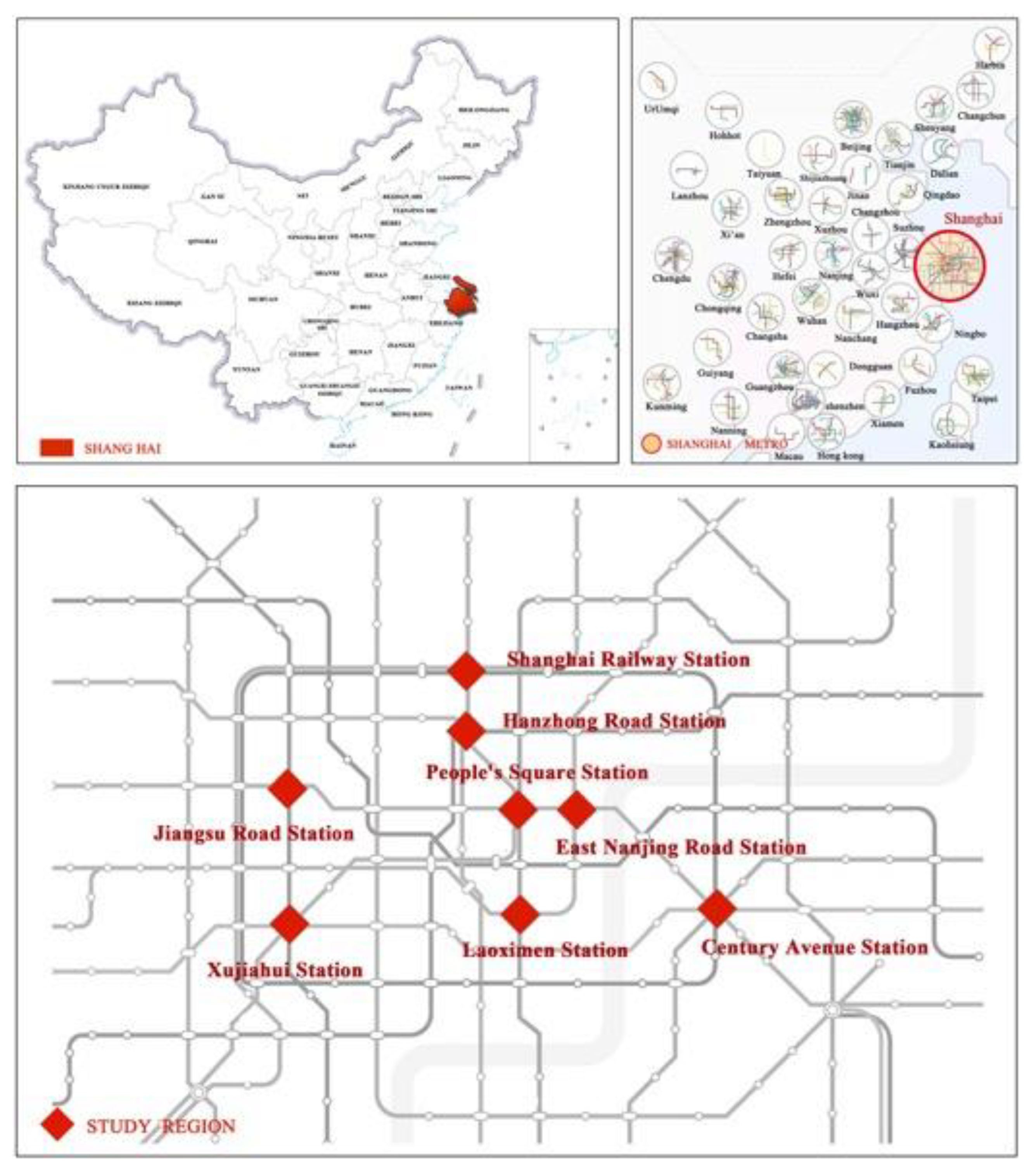
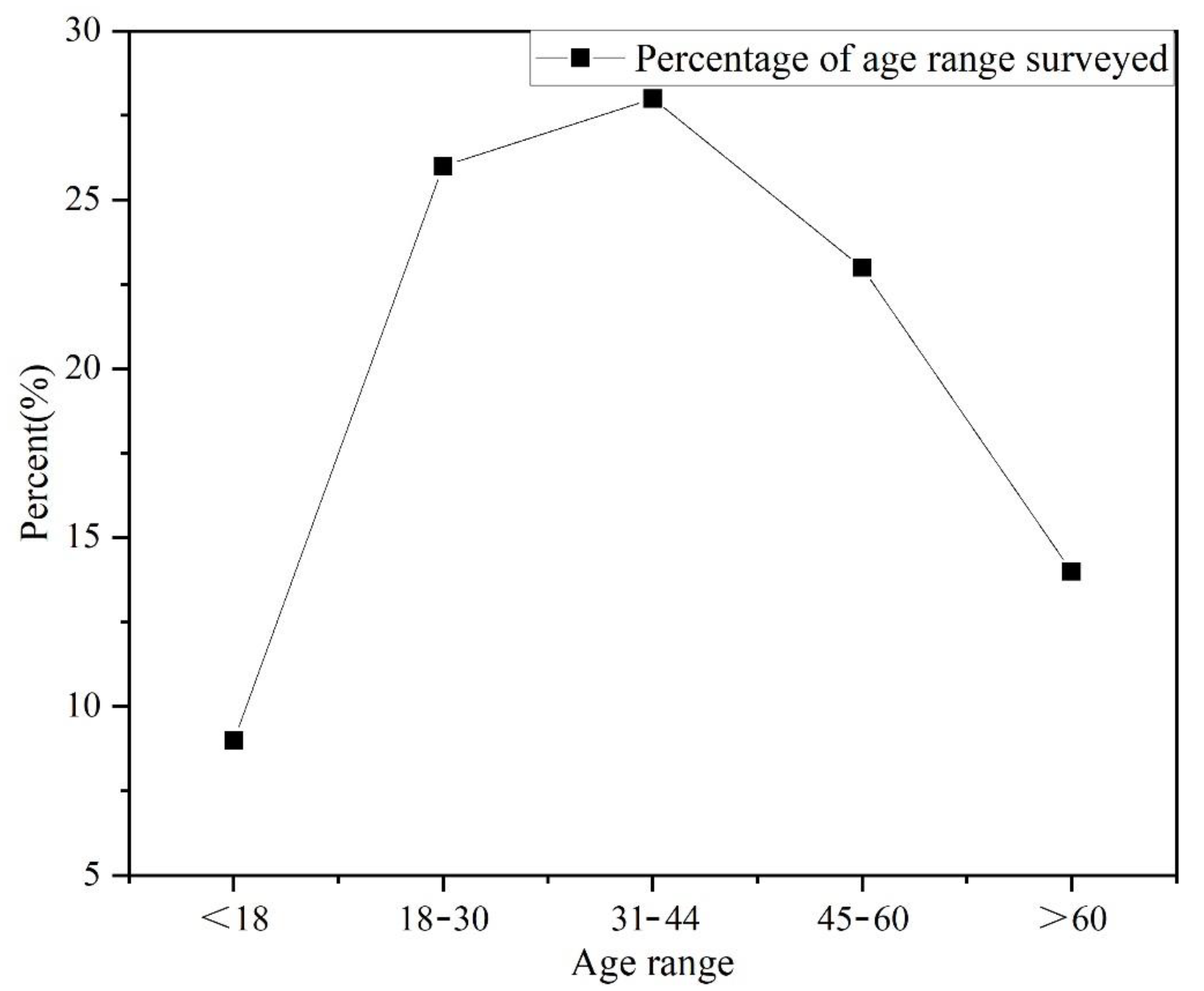
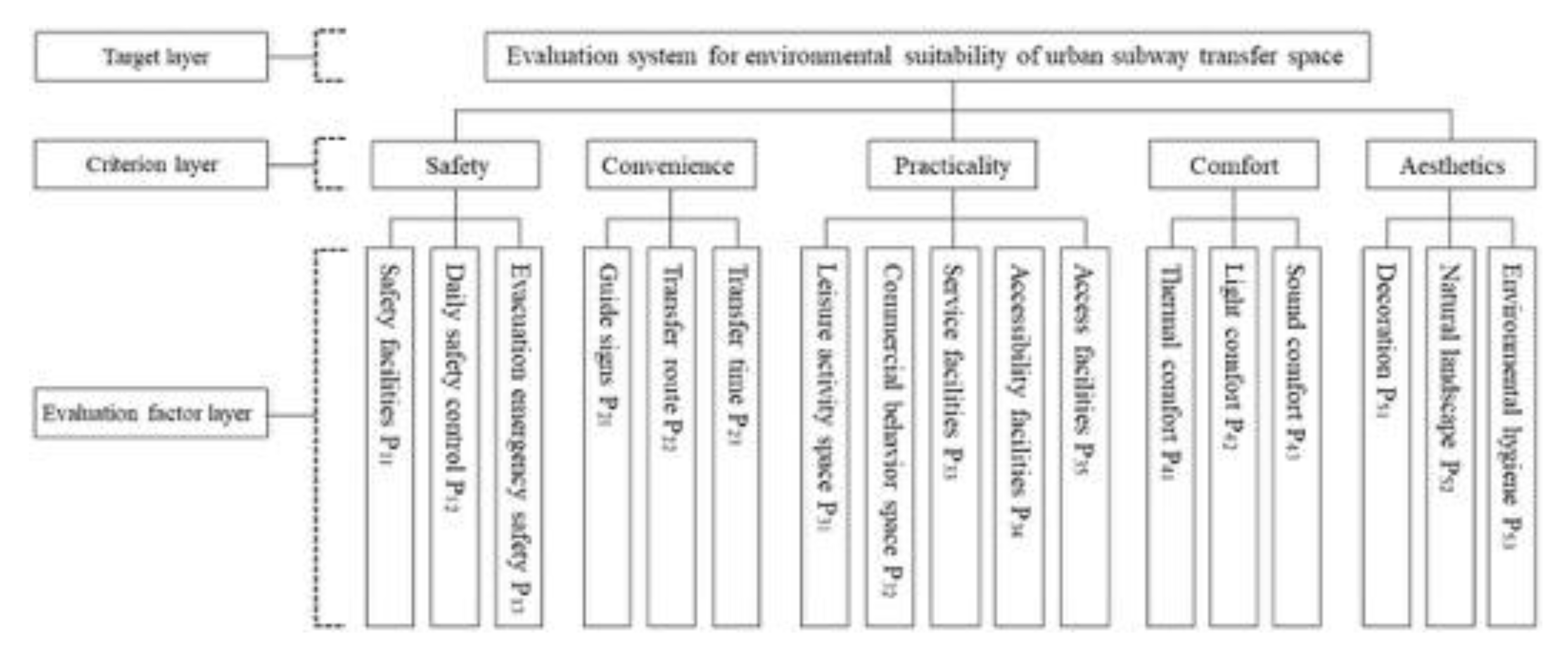


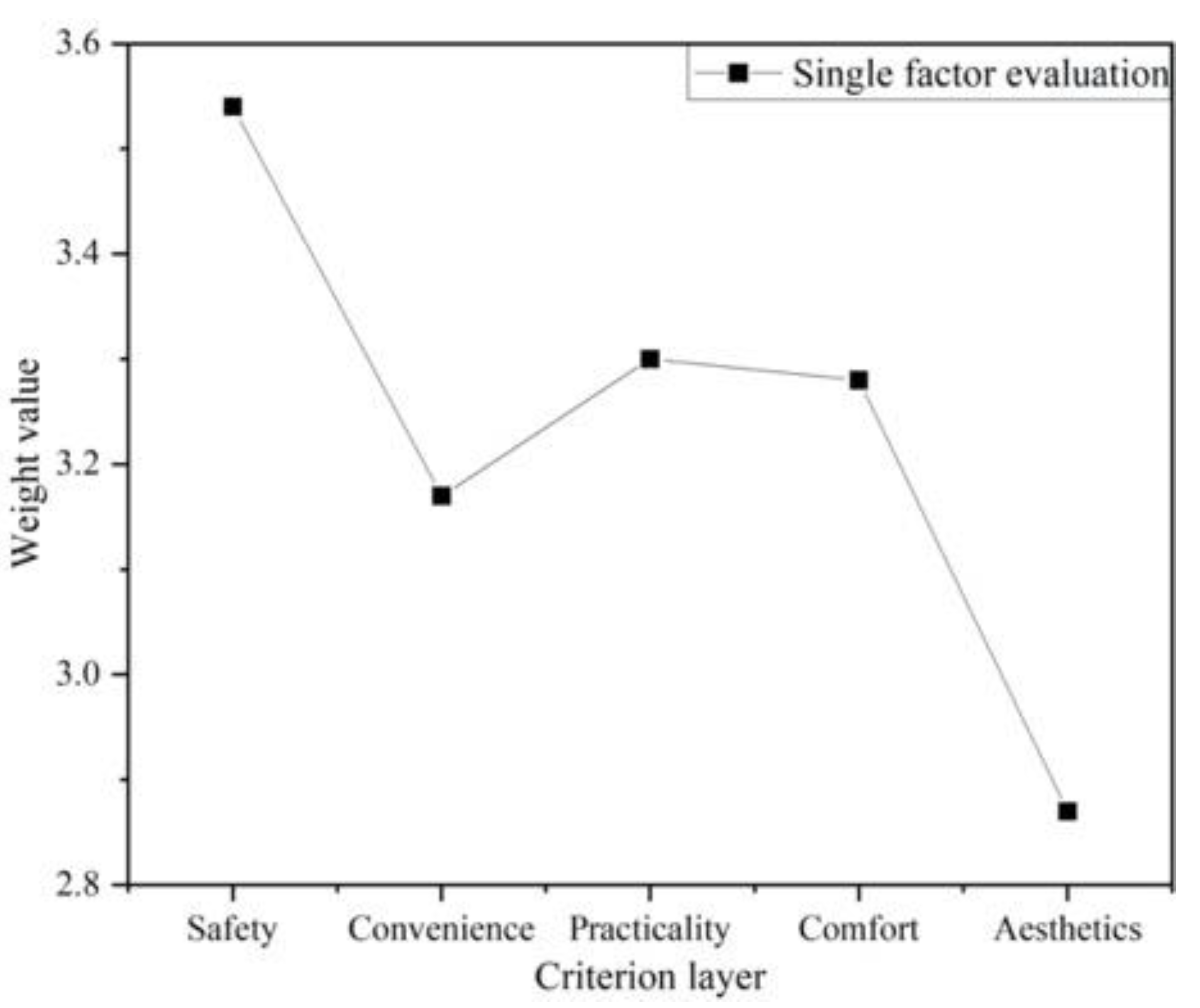

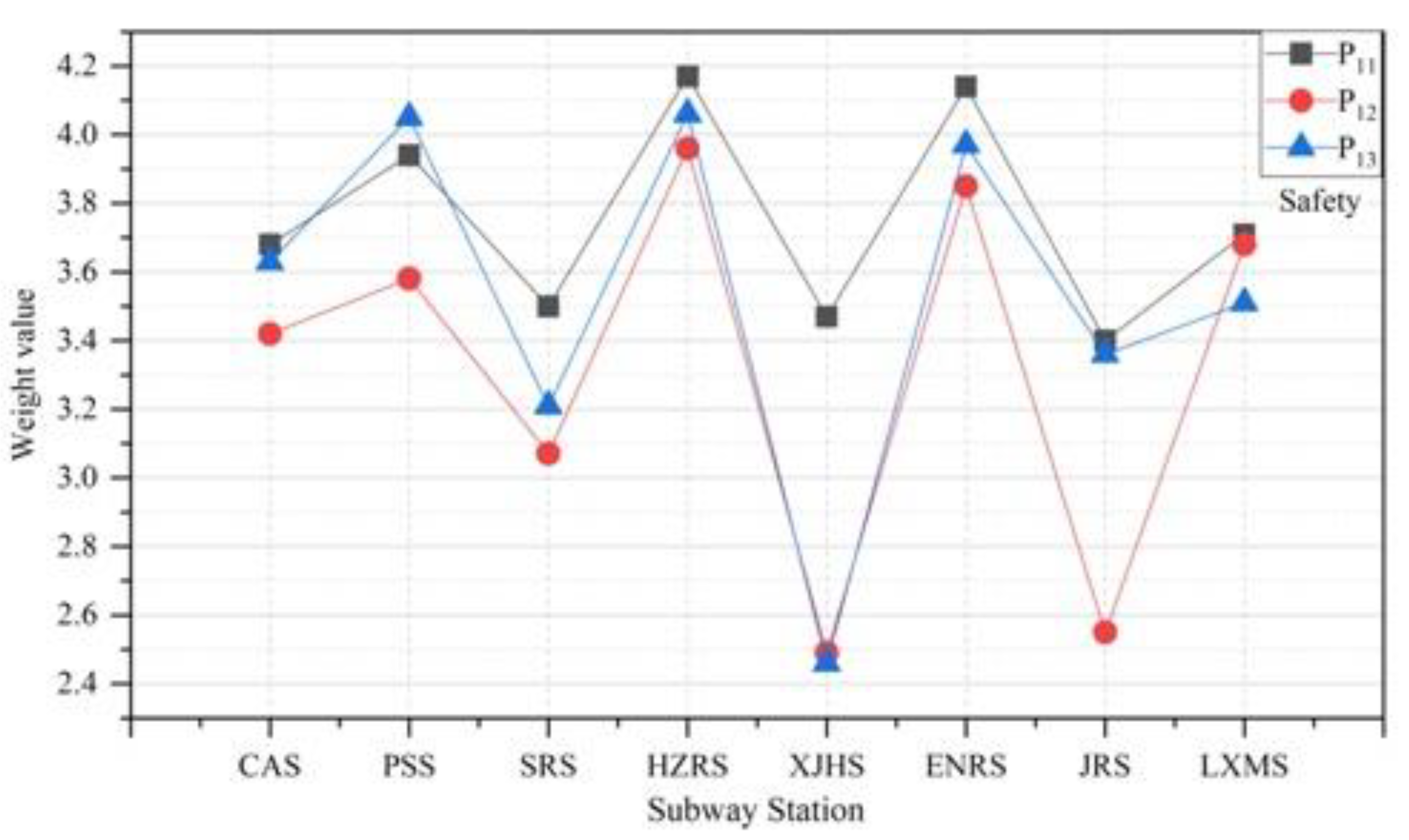


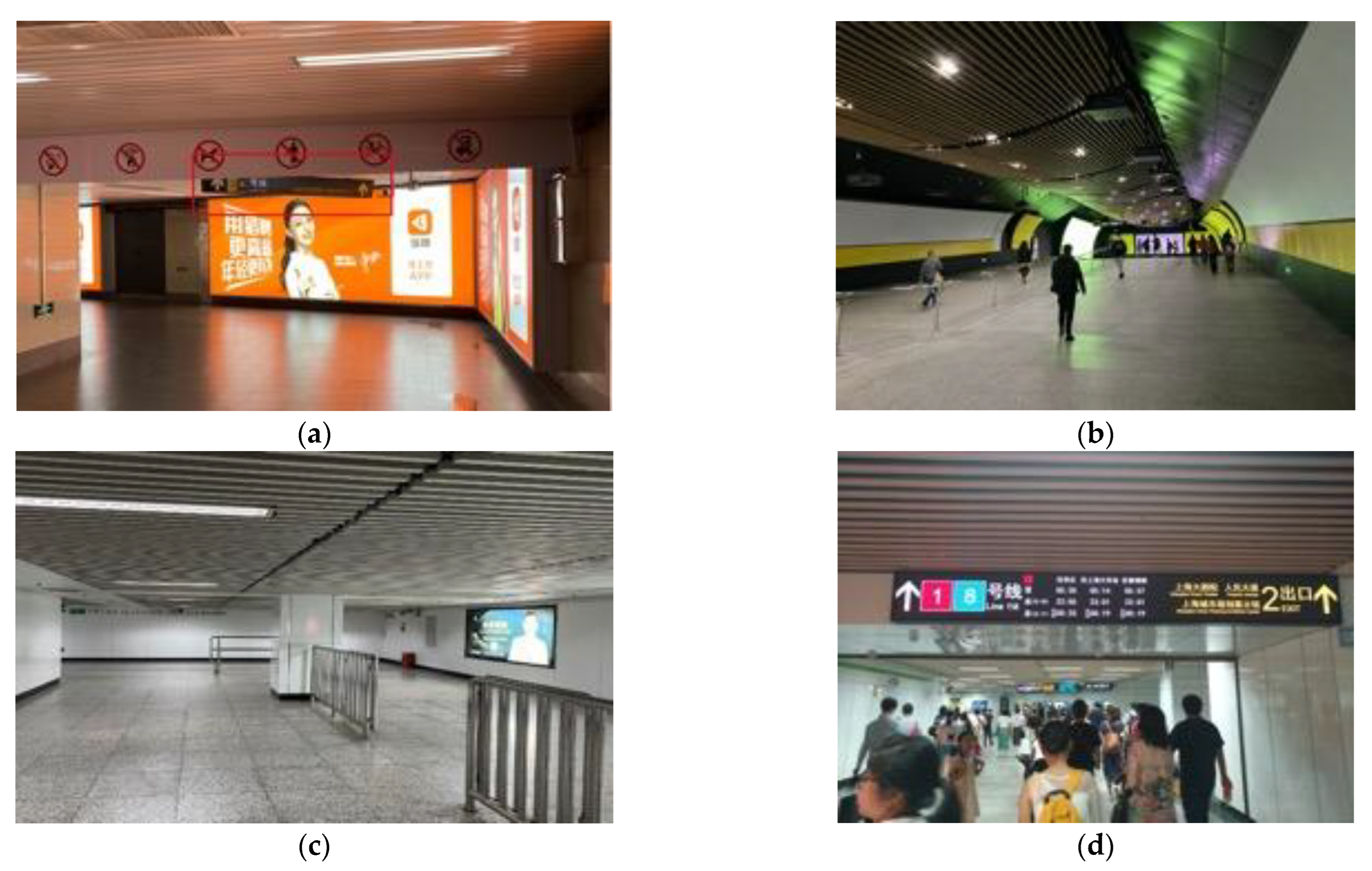
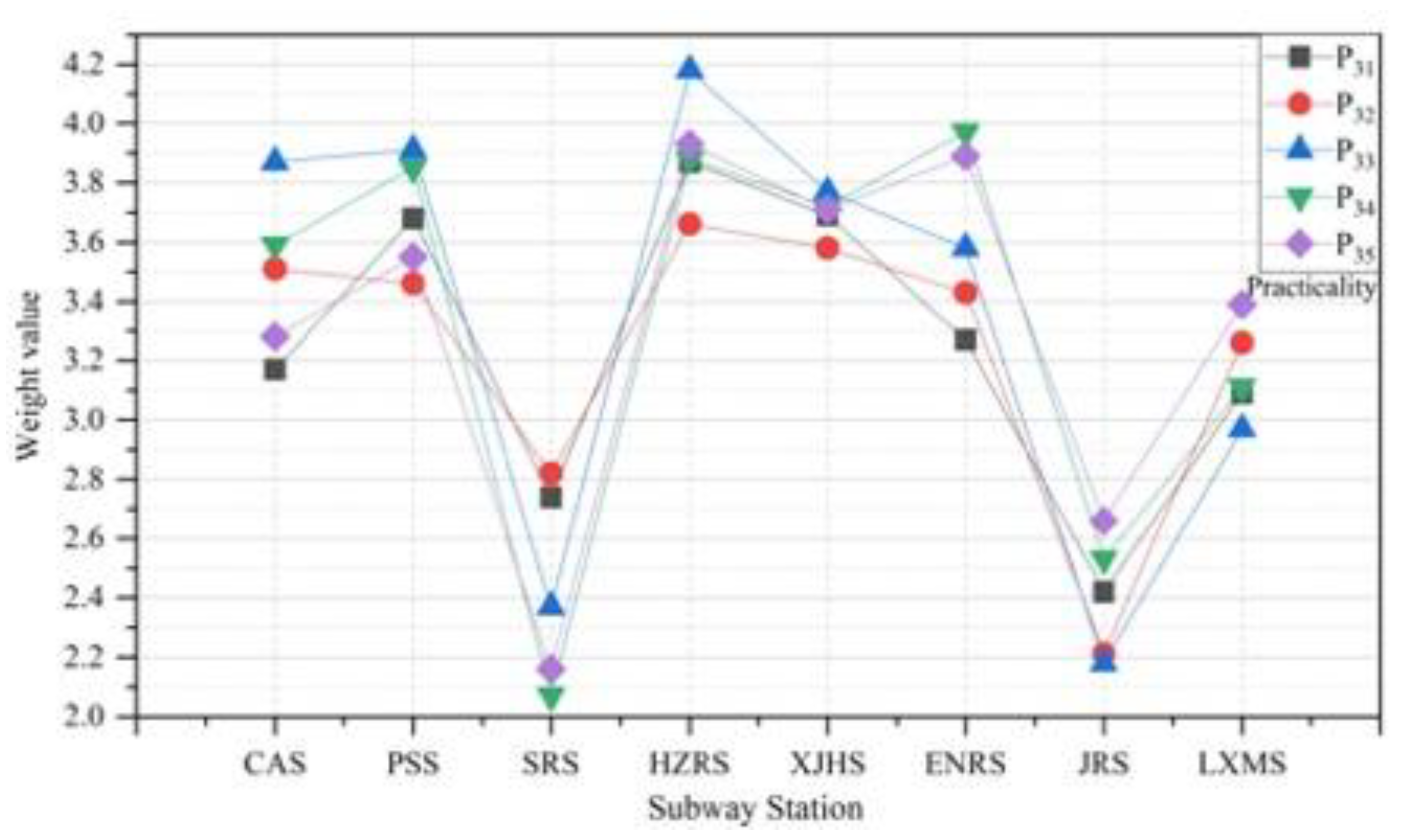
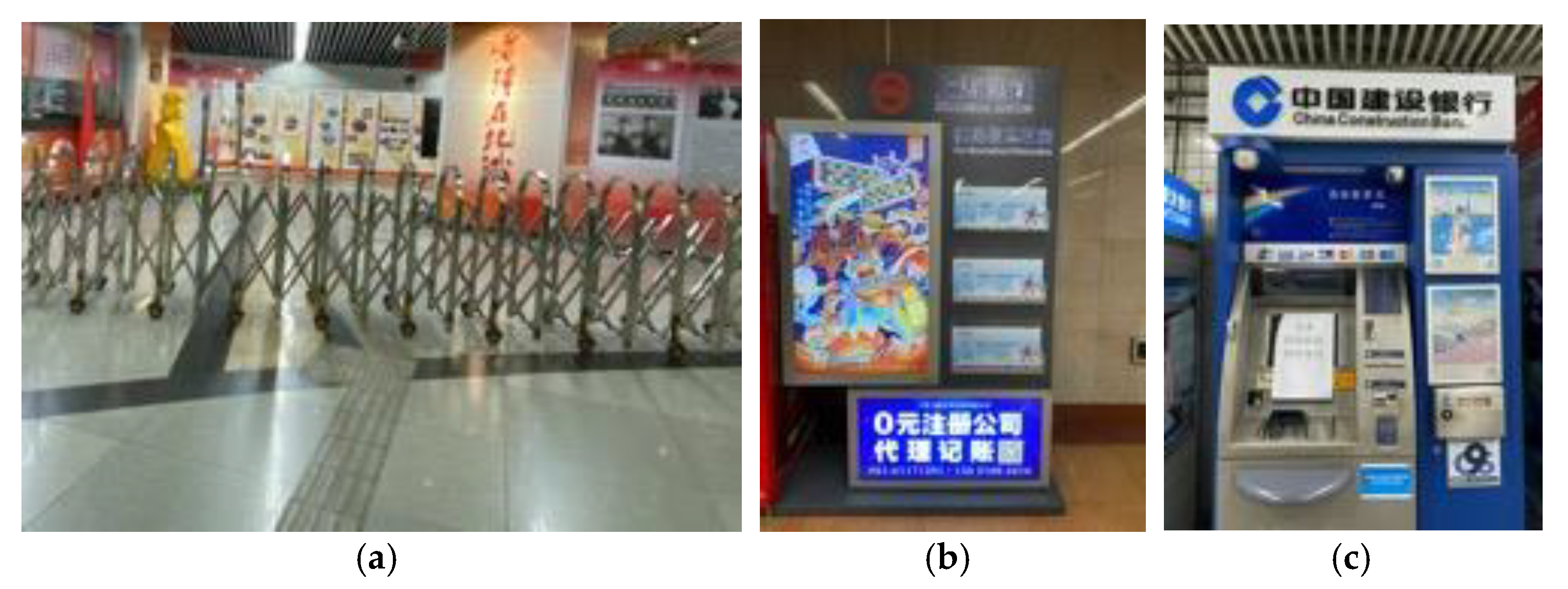
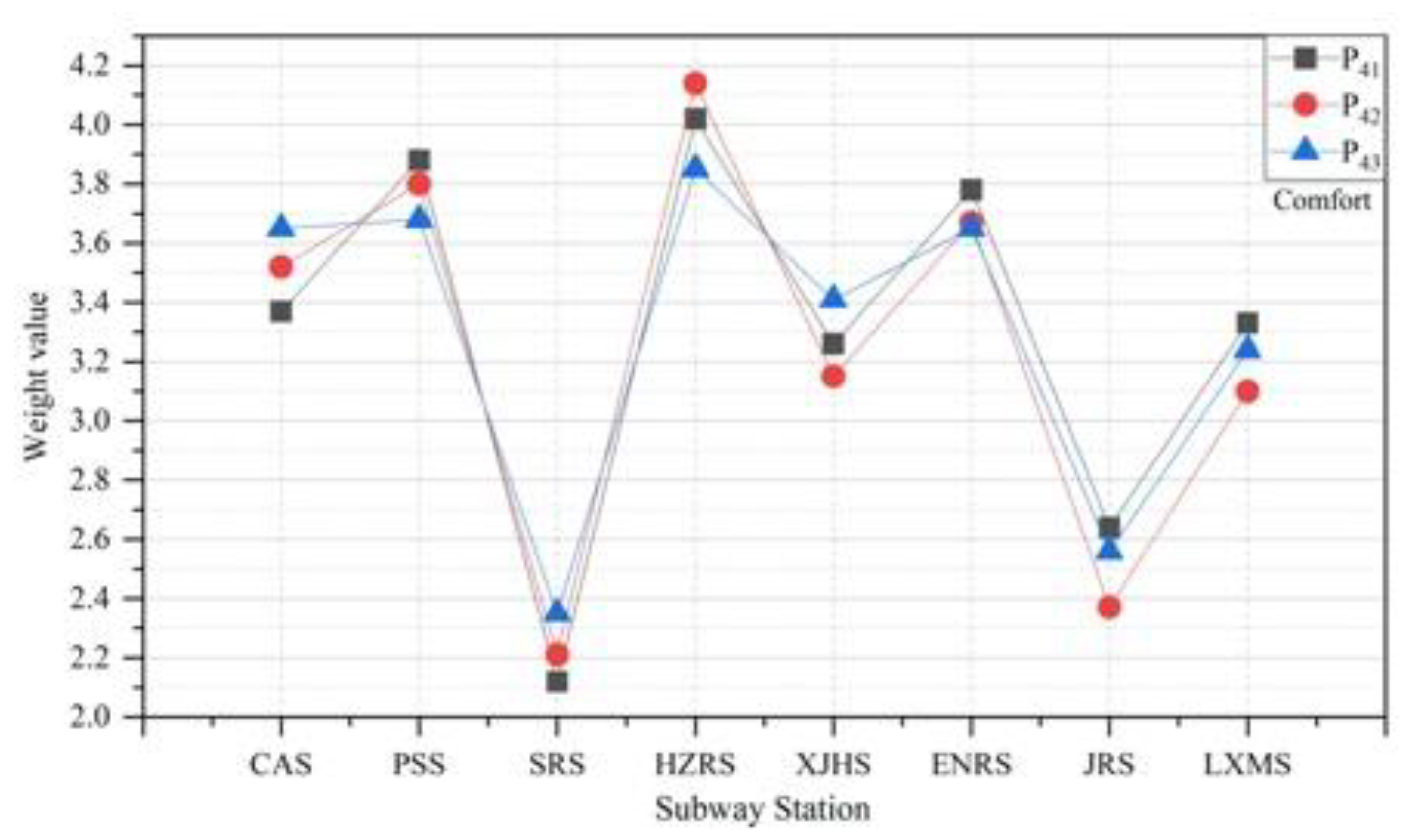
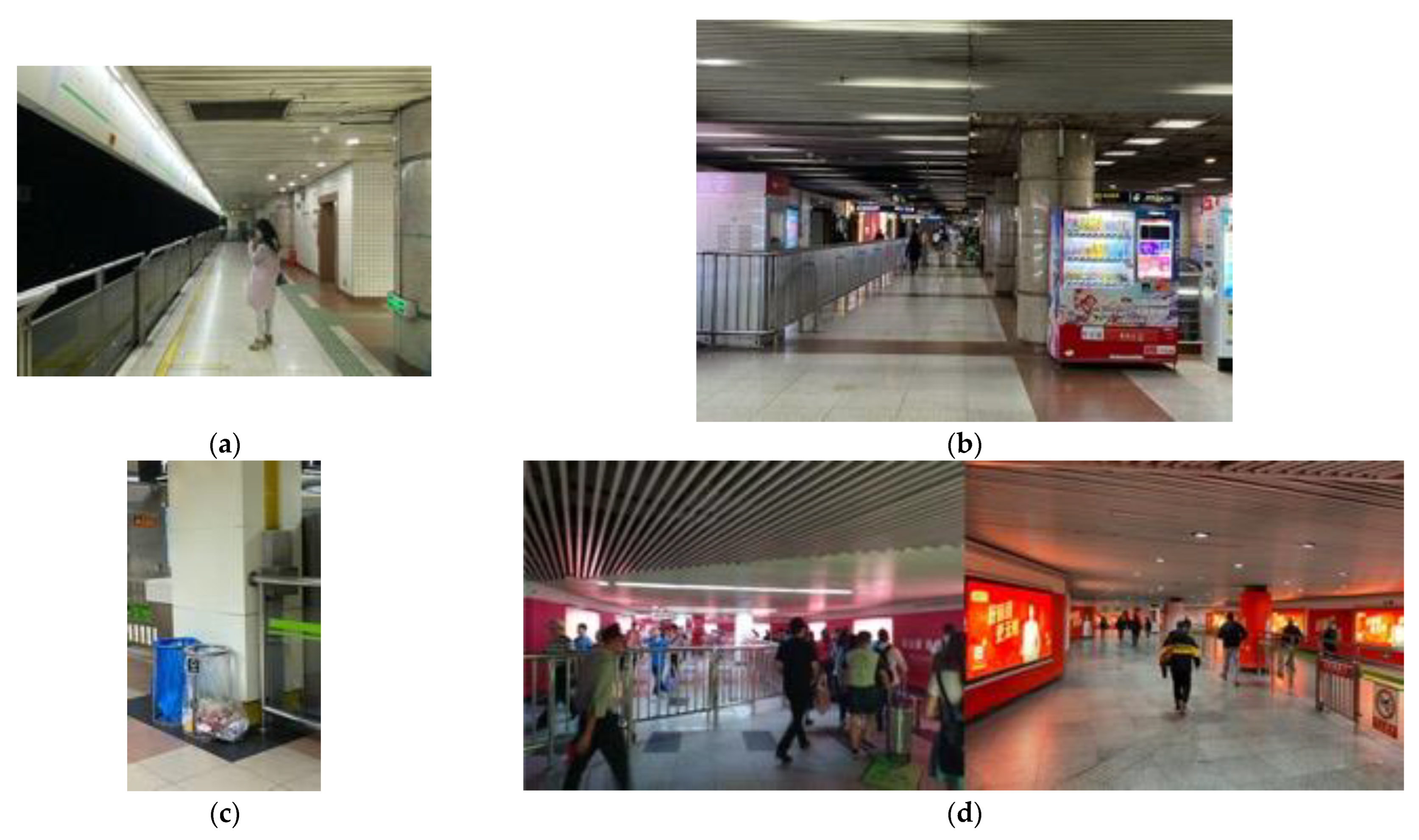
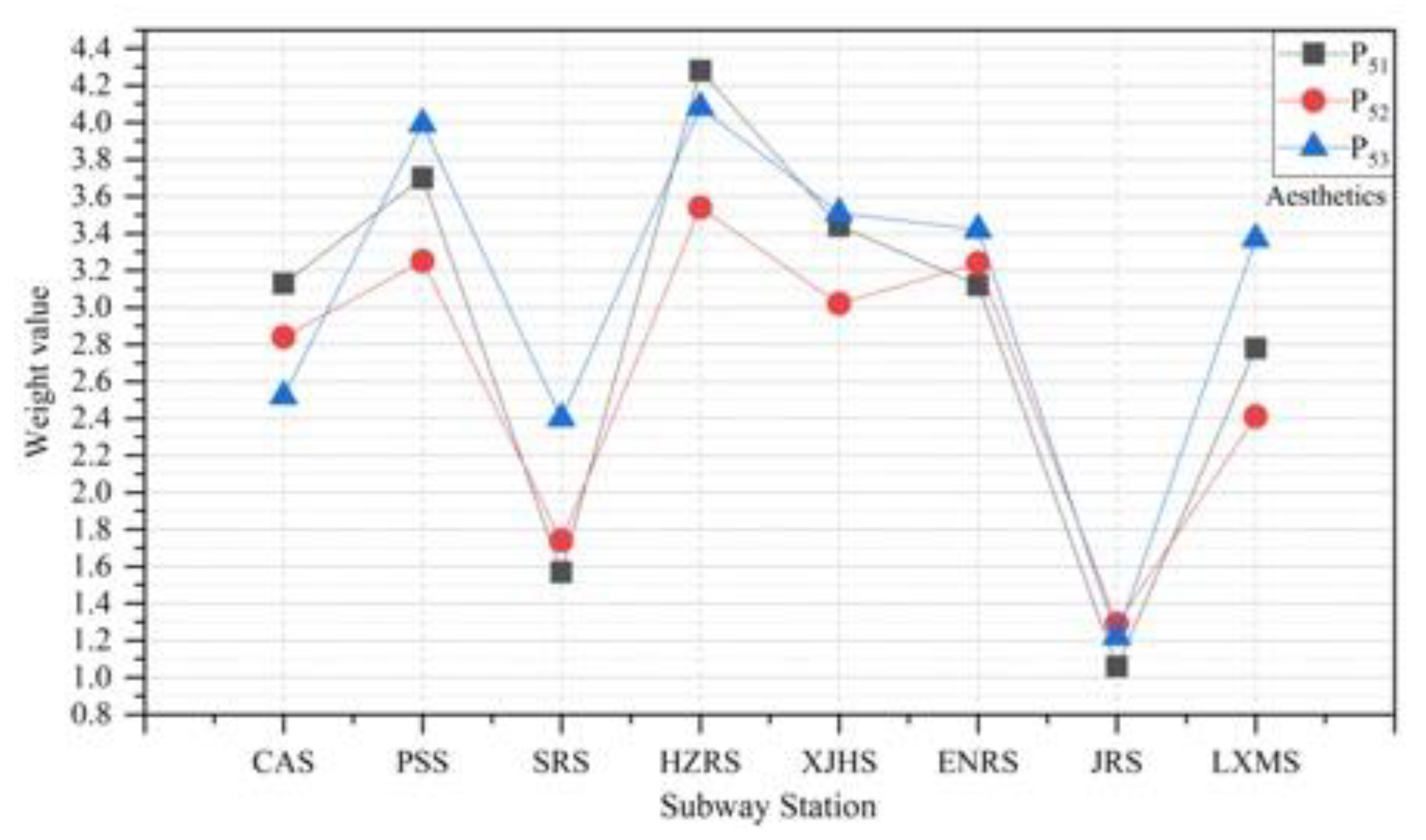
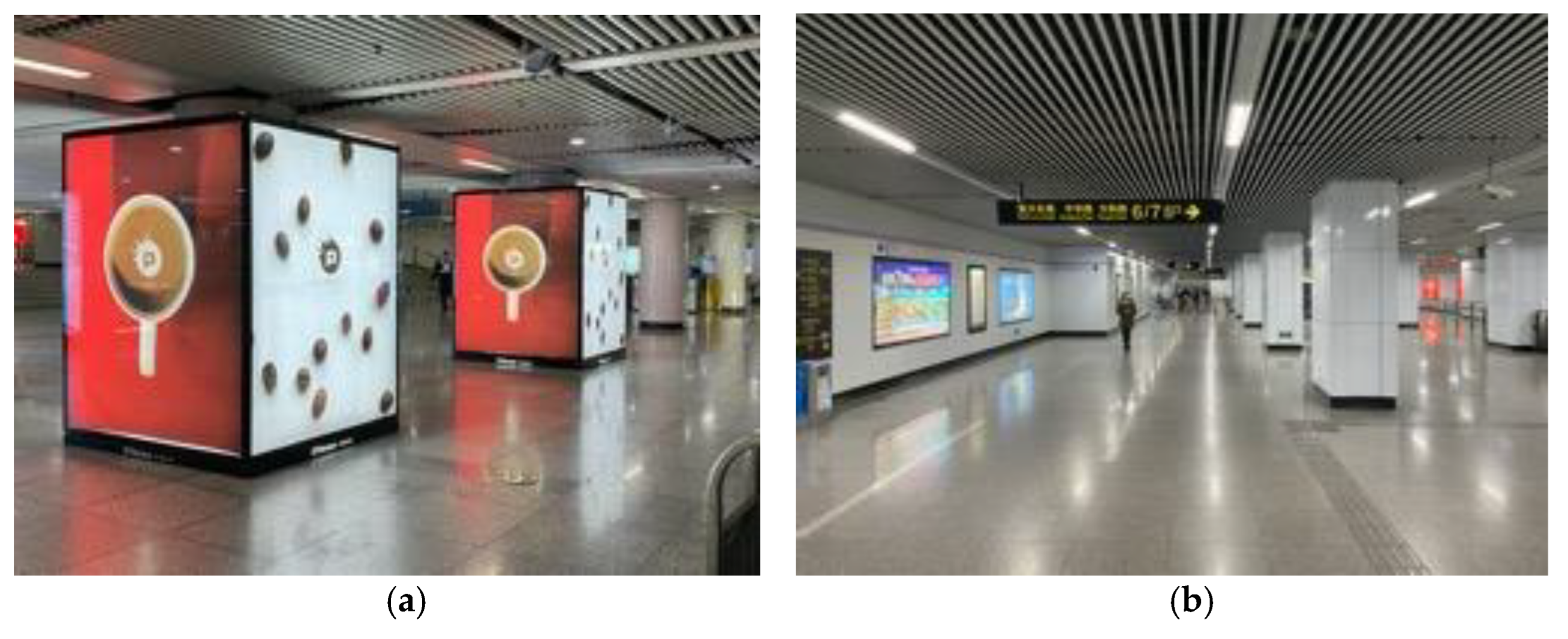
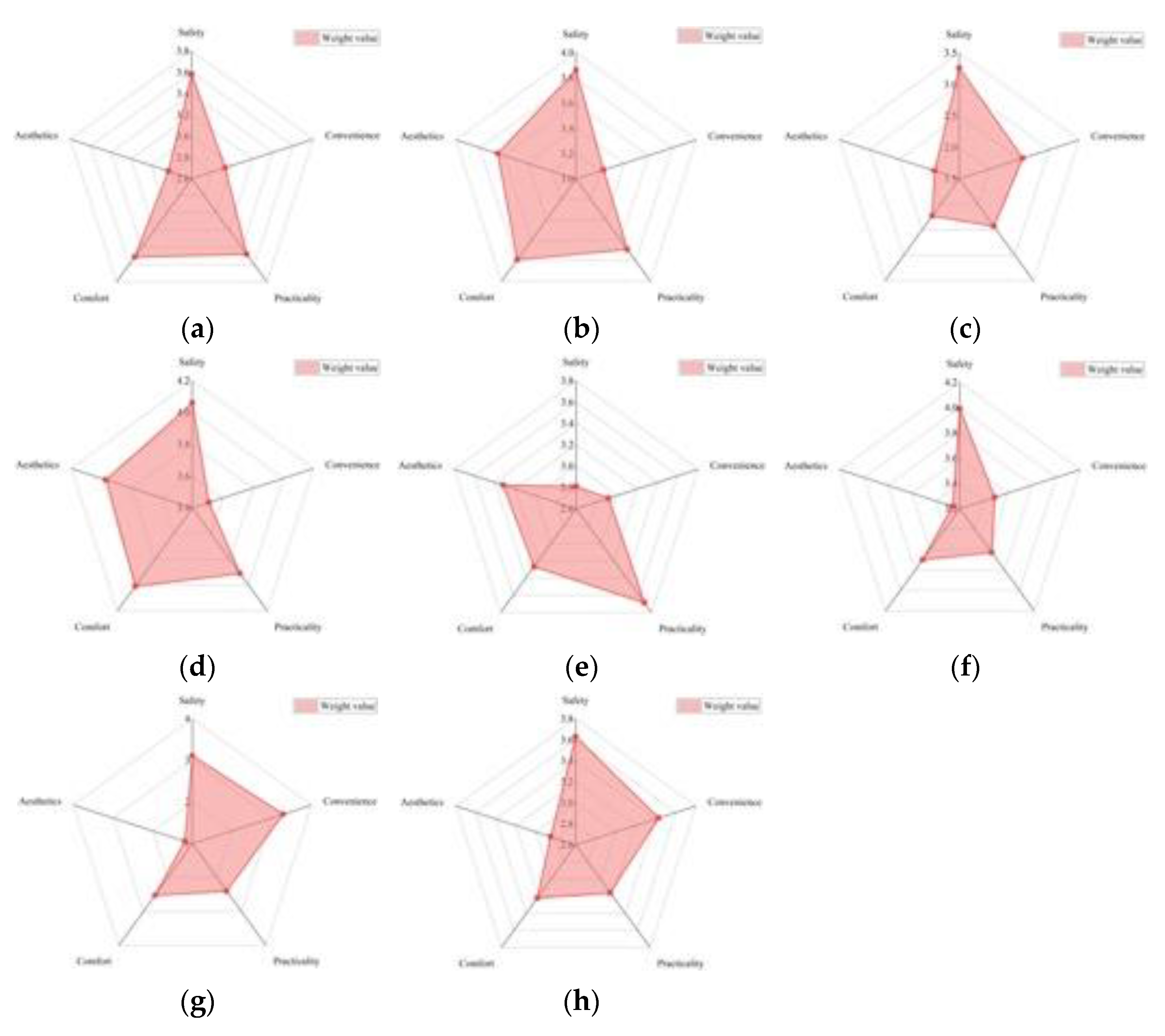
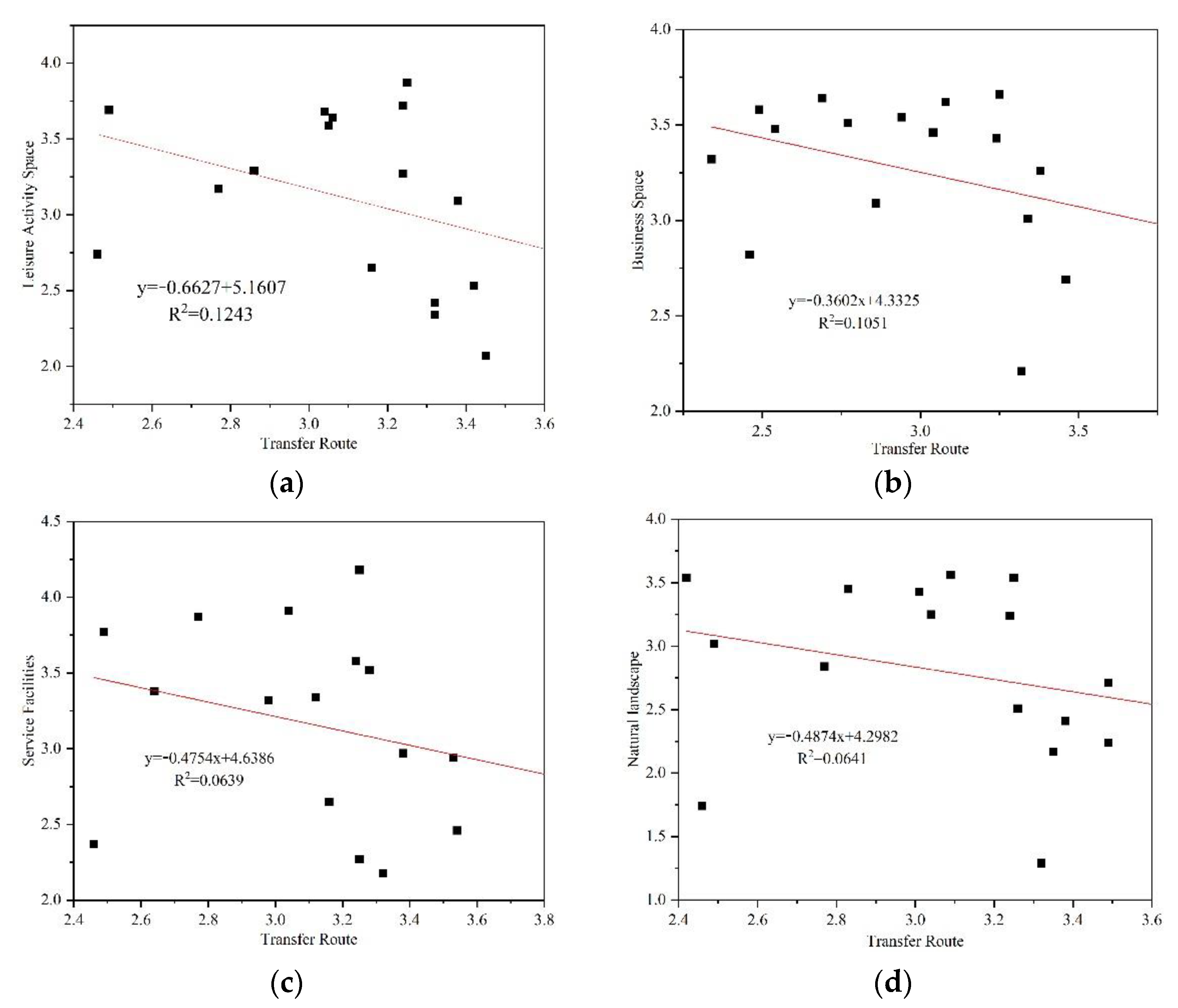

| Station Name | Century Avenue Station (CAS) | People’s Square Station (PSS) | Shanghai Railway Station (SRS) | Hanzhong Road Station (HZRS) |
|---|---|---|---|---|
| Construction time | 2000/2009 | 1995/2000/2007 | 1995/2000/2005 | 1995/2015 |
| Transfer line | 4-line transfer | 3-line transfer | 3-line transfer | 3-line transfer |
| 2, 4, 6, 9 | 1, 2, 8 | 1, 3, 4 | 1, 12, 13 | |
| Station size (Platform width × Station length) | (12 × 269) | (14 × 358) | (24 × 595) | (22 × 214) |
| Station form | Underground Island Type | Underground Island Type (1/2) and Island Side Type (8) | Underground Island Type (1) and Above Ground Island Type (3/4) | Underground Island Type |
 |  |  |  | |
| Transfer method | Station hall transfer | Combined transfer | Passage transfer | Combined transfer |
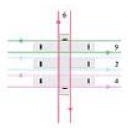 |  | 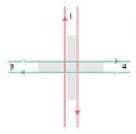 |  | |
| Transfer time/min | 7 | 3.6 | 9.5 | 5 |
| Transfer distance/m | 490 | 250 | 665 | 350 |
| Number of entrances and exits | 8 | 20 | 6 | 8 |
| Average daily passenger flow | 32.9 Ten thousand visits | 26.1 Ten thousand visits | 20.4 Ten thousand visits | 14.2 Ten thousand visits |
| Land-use function around the station | Commercial business and residential | Commercial business, park green space, and residential | Commercial business, transportation facilities, and residential | Commercial business, park green space, and residential |
 | 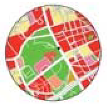 | 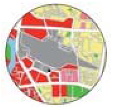 | 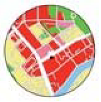 | |
| Station name | Xujiahui Station (XJHS) | East Nanjing Road Station (ENRS) | Jiangsu Road Station (JRS) | Laoximen Station (LXMS) |
| Construction time | 1993/2009/2013 | 2000/2010 | 2000/2009 | 2007/2010 |
| Transfer line | 3-line transfer | 2-line transfer | 2-line transfer | 2-line transfer |
| 1, 9, 11 | 1, 14 | 2, 11 | 8, 10 | |
| Station size (Platform width × Station length) | (21 × 205) | (14 × 279) | (12 × 268) | (12 × 203) |
| Station form | Underground Island Type | Underground Island Type (1) and Underground side type (14) | Underground Island Type | Underground Island Type |
 |  |  |  | |
| Transfer method | Combined transfer | Passage transfer | Passage transfer | Platform stair transfer |
 | 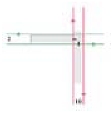 | 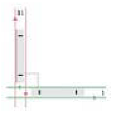 | 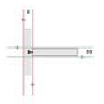 | |
| Transfer time/min | 7.5 | 3.5 | 3 | 1.7 |
| Transfer distance/m | 525 | 245 | 210 | 120 |
| Number of entrances and exits | 19 | 7 | 8 | 7 |
| Average daily passenger flow | 18.3 Ten thousand visits | 20.3 Ten thousand visits | 9.9 Ten thousand visits | 12.2 Ten thousand visits |
| Land-use function around the station | Commercial business, education and research, and residential | Commercial business and residential | Commercial business, residential, and education and research | Commercial business and residential |
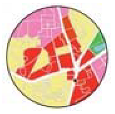 |  |  | 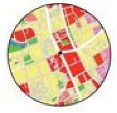 | |
| Legend |  | |||
| Target Layer | Criterion Layer | Evaluation Factor Layer | Indicator Description |
|---|---|---|---|
| Evaluation system for environmental suitability of urban subway transfer space P | Safety P1 | Safety facilities P11 [24] | Emergency call facilities, fire hydrant facilities, emergency information lights, etc. |
| Daily safety control P12 [25] | Update and maintenance of facilities, anti-slip measures on the ground in rainy days, and control of the flow of people by means of closing elevators, setting railings, setting duty officers at important nodes, etc. | ||
| Evacuation emergency safety P13 [26] | A relevant escape system used to escape from emergency disasters and ensure the rapid and effective evacuation of people to the above ground space. | ||
| Convenience P2 | Guide signs P21 [27] | Guiding information is easy to identify and remember. The layout of the guide facilities is convenient for finding transfer information. Multi-form combination of ground guide, wall guide, hanging guide, etc. | |
| Transfer route P22 [28,29] | Whether the transfer route is simple, the degree of winding, and the number of turns at the platform. | ||
| Transfer time P23 [30] | Time taken to reach the transfer platform. | ||
| Practicality P3 | Leisure activity space P31 [31] | Organize subway cultural corridors, art exhibitions, public welfare-themed activities, etc. | |
| Commercial behavior space P32 [32] | Including shops selling snacks, beverages, and souvenirs, as well as providing convenience consumer goods. | ||
| Service facilities P33 [33] | Facilities such as toilets, vending machines, maternity rooms, ATMs, lost and found offices, drinking fountains, and suggestion boxes. | ||
| Accessibility facilities P34 [34] | Equipment for the visually, hearing, and mobility impaired, as well as the elderly, children, pregnant women and other special passengers. | ||
| Access facilities P35 [35] | The location, number and size of passages. The location and number of stairway escalators to meet the needs of use. | ||
| Comfort P4 | Thermal comfort P41 [36,37] | Whether the temperature, humidity, fresh air, etc., are comfortable. | |
| Light comfort P42 [38] | Requirements for contrast, color temperature, and brightness in different time periods (peak and off-peak) and different places (shops, platforms, etc.) in the same place. | ||
| Sound comfort P43 [39] | The degree of noise impact of the train entering and leaving the station, the flow of people, and the equipment in the subway station. Whether the broadcast, emergency prompts, telephone ringtones, etc., can be clearly heard. | ||
| Aesthetics P5 | Decoration P51 [40] | Overall color matching of space, regional cultural characteristics, and artistic design. | |
| Natural landscape P52 [41] | Introduction of green vegetation and water landscape. | ||
| Environmental hygiene P53 [42,43] | Cleanliness of environmental sanitation. |
| Order | 1 | 2 | 3 | 4 | 5 | 6 | 7 | 8 | 9 |
|---|---|---|---|---|---|---|---|---|---|
| 0 | 0 | 0.52 | 0.89 | 1.12 | 1.24 | 1.32 | 1.41 | 1.45 |
| Target Layer | Criterion Layer | Combined Weights | Evaluation Factor Layer | In-Group Weight | Final Combined Weight |
|---|---|---|---|---|---|
| Evaluation system for environmental suitability of urban subway transfer space P | Safety P1 | 0.3968 | Safety facilities P11 | 0.2000 | 0.0794 |
| Daily safety control P12 | 0.2000 | 0.0794 | |||
| Evacuation emergency safety P13 | 0.6000 | 0.2381 | |||
| Convenience P2 | 0.2908 | Guide signs P21 | 0.2000 | 0.0582 | |
| Transfer route P22 | 0.2000 | 0.0582 | |||
| Transfer time P23 | 0.6000 | 0.1745 | |||
| Practicality P3 | 0.1705 | Leisure activity space P31 | 0.0433 | 0.0074 | |
| Commercial behavior space P32 | 0.0795 | 0.0136 | |||
| Service facilities P33 | 0.1534 | 0.0261 | |||
| Accessibility facilities P34 | 0.2911 | 0.0496 | |||
| Access facilities P35 | 0.4327 | 0.0738 | |||
| Comfort P4 | 0.1011 | Thermal comfort P41 | 0.5247 | 0.0531 | |
| Light comfort P42 | 0.3338 | 0.0338 | |||
| Sound comfort P43 | 0.1416 | 0.0143 | |||
| Aesthetics P5 | 0.0408 | Decoration P51 | 0.1062 | 0.0043 | |
| Natural landscape P52 | 0.2605 | 0.0106 | |||
| Environmental hygiene P53 | 0.6333 | 0.0258 |
| Semantics | Good | Fairly Good | Fair | Fairly Poor | Poor |
|---|---|---|---|---|---|
| Semantic score | 5 | 4 | 3 | 2 | 1 |
| Evaluation scope | F ≥ 4.5 | 4.5 > F ≥ 3.5 | 3.5 > F ≥ 2.5 | 2.5 > F ≥ 1.5 | 1.5 > F |
Publisher’s Note: MDPI stays neutral with regard to jurisdictional claims in published maps and institutional affiliations. |
© 2022 by the authors. Licensee MDPI, Basel, Switzerland. This article is an open access article distributed under the terms and conditions of the Creative Commons Attribution (CC BY) license (https://creativecommons.org/licenses/by/4.0/).
Share and Cite
Wu, Z.; Ji, X.; Zhou, X.; Tong, S. Research on Environmental Suitability Evaluation of the Transfer Spaces in Urban Subway Stations. Buildings 2022, 12, 2209. https://doi.org/10.3390/buildings12122209
Wu Z, Ji X, Zhou X, Tong S. Research on Environmental Suitability Evaluation of the Transfer Spaces in Urban Subway Stations. Buildings. 2022; 12(12):2209. https://doi.org/10.3390/buildings12122209
Chicago/Turabian StyleWu, Zihan, Xiang Ji, Xi Zhou, and Shuai Tong. 2022. "Research on Environmental Suitability Evaluation of the Transfer Spaces in Urban Subway Stations" Buildings 12, no. 12: 2209. https://doi.org/10.3390/buildings12122209
APA StyleWu, Z., Ji, X., Zhou, X., & Tong, S. (2022). Research on Environmental Suitability Evaluation of the Transfer Spaces in Urban Subway Stations. Buildings, 12(12), 2209. https://doi.org/10.3390/buildings12122209










